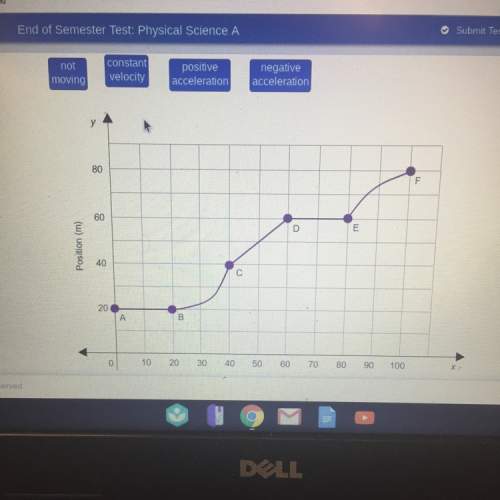
Physics, 27.06.2019 00:30 rjmarin592ovzbn9
Radioactive gaseous (222,86)rn and (220,86)rn can be produced from the decay of uranium and thorium in rocks and soil.
(a) (222,86)rn is a decay product of (238,92)u, while (220,86)rn comes from (232,90)th. how many alpha particles are emitted in the formation of these radon isotopes from their uranium or thorium starting points? can alpha decay alone explain the formation of these radon isotopes? if not, state what other types of decay must occur.
(b) can (222,86)rn and (220,86)rn decay by alpha particle emission? write balanced nuclear equations for these two decay processes, and predict for each reaction whether it is allowed or not. the masses of (222,86)rn and (220,86)rn atoms are 222.01757 and 220.01140 u, respectively; those of electron, (4,2)he, (218,84)po and (216,84)po are 0.00055, 4.002602, 218.0089 and 216.00192 u, respectively.
(c) calculate the energy released in the alpha decay of one (220,86)rn nuc- leus, in million electron volts and in joules.
(d) the half-life of (222,86)rn is 3.82 days. calculate the initial activity of 2.00*10^(-8) g of (222,86)rn, in disintegrations per second. what will be the activity of the (222.86)rn after 14 days?
(e) the half-life of (220,86)rn is 54 s. are the health risks of exposure to a given amount of radon for a given short length of time greater or sma- ller for (220,86)rn than for (222,86)rn? radon, being gaseous, post high health risks. explain why radon is a gas.

Answers: 3


Other questions on the subject: Physics

Physics, 22.06.2019 04:00, katieleeisaacs8368
Ametal ball with a mass of 0.028 kg is dropped from rest at a height of 1.0 meters above the ground. assuming the energy in the ball is conserved, how much kinetic energy will the ball have when it is 0.5 meters above the ground?
Answers: 1


Physics, 22.06.2019 10:10, xavierfox1721
In a simplified model of the human eye, the aqueous and vitreous humors and the lens all have a refractive index of 1.40, and all the refraction occurs at the cornea, whose vertex is 2.60 cm from the retina. what should be the radius of curvature of the cornea such that the image of an object 40.0 cm from the cornea’s vertex is focused on the retina?
Answers: 1

Physics, 22.06.2019 12:10, anaroles04
Light traveling in water, nwater = 1.33, strikes a plastic block at an angle of incidence of 51.4°; part of the beam is reflected and part is refracted. if the index of refraction of the plastic is 2.0, what is the angle made by the reflected and refracted beams?
Answers: 2
You know the right answer?
Radioactive gaseous (222,86)rn and (220,86)rn can be produced from the decay of uranium and thorium...
Questions in other subjects:

Mathematics, 27.04.2021 16:10



Spanish, 27.04.2021 16:20




English, 27.04.2021 16:20





